
Trump goes on unhinged Truth Social rant blaming Biden and ‘wokeness’ for USWNT’s World Cup loss
Donald Trump has gone on an unhinged Truth Social rant blaming President Joe Biden and “wokeness” for the US’s unexpected early defeat in the Women’s World Cup. The US Women’s National Soccer Team crashed out of the tournament on Sunday after losing 5-4 in a penalty shootout against Sweden – marking the team’s earliest-ever exit from the competition. In a tirade on his Truth Social platform, Mr Trump reveled in the loss and bizarrely claimed it was a sign of the influence “Crooked Joe Biden” has had on the nation. As well as blaming his political rival, the former president also somehow argued it was because of “WOKE”-ness and cruelly trolled striker Megan Rapinoe for missing a penalty. “The “shocking and totally unexpected” loss by the U.S. Women’s Soccer Team to Sweden is fully emblematic of what is happening to the our once great Nation under Crooked Joe Biden,” he fumed. “Many of our players were openly hostile to America - No other country behaved in such a manner, or even close. WOKE EQUALS FAILURE. Nice shot Megan, the USA is going to Hell!!! MAGA.” The former president has long had a contentious relationship with soccer star Rapinoe, who is well-known off the pitch for her social justice advocacy for racial equality, LGBT+ rights and women’s rights in sports. Back in 2019, Rapinoe sparked Mr Trump’s ire when she vowed that she would not go to Mr Trump’s White House if the national team won the World Cup. “Thanks, but no thanks. I’m not going to the f***ing White House,” she told soccer magazine Eight by Eight that June. “No. I’m not going to the White House, I don’t think we’ll be invited, I doubt it.” The team did win the cup that year – and refused to go to the White House. Mr Trump made it clear he was unhappy with her comments at the time, fuming that she should “never disrespect our country, the White House or our flag, especially since so much has been done for her and the team”. Before this, Rapinoe had already been attacked by conservatives for taking a knee during the national anthem in support of Colin Kaepernick and calls for racial justice. She also sued the US Soccer Federation for gender discrimination and was pivotal to the women’s team gaining equal pay to the men’s. Last year, Mr Biden awarded her with the Presidential Medal of Freedom – the nation’s highest civilian honour. “Beyond the World Cup title to Olympic medals, Megan is a champion for essential American truth that everyone is entitled to be treated with dignity and respect,” the president said at the award ceremony. Mr Trump’s latest angry diatribe involving Rapinoe was a marked difference from Mr Biden’s comments as he said the soccer team had made the US “proud”. “@USWNT, you’ve made your country proud,” he said in a post on Twitter. “Congratulations on an incredible run. This team is something special and I’m looking forward to seeing how you continue to inspire Americans with your grit and determination – on and off the field.” First Lady Jill Biden also praised the soccer team for their “grit and determination” which has inspired women and girls across the country. “Today, you inspired us with your grit and determination. We are proud of you,” she tweeted. “Always remember that you encourage women and girls everywhere to show up and fight for their dreams.” Zero goals were scored during Sunday’s 90-minute game between USA and Sweden, taking it to a penalty shootout. Rapinoe, Sophia Smith and Kelly O’Hara each missed penalties while Sweden soared to a win. The loss marked a shock end to Rapinoe’s stellar career as she had announced she would retire after the World Cup. The 38-year-old has played four times in the tournament, helping the team to victory in both the 2015 and 2019 World Cups. Read More Trump has meltdown attacking Biden, Megan Rapinoe and ‘wokeness’ for US Women’s World Cup loss – latest news Trump lawyer says his legal team is bracing for imminent Georgia indictment England vs Nigeria LIVE: Score and updates from Women’s World Cup as VAR denies Lionesses penalty Mitch McConnell heckled with chants of ‘retire’ after freezing episode Trucking giant Yellow Corp. declares bankruptcy after years of financial struggles Texas separates migrant families, detaining fathers on trespassing charges in latest border move
2023-08-07 20:22

Sydney blanketed by smoke for a 4th day due to hazard reduction burning
Sydney is blanketed under thick wood smoke for a fourth consecutive day due to hazard reduction burns in preparation for the wildfire season
2023-09-14 13:48

When will ‘Kitchen Nightmares’ Season 8 air? Release date, time and how to watch Gordon Ramsay's show
'Kitchen Nightmares' has finally been renewed for Season 8 and will show Gordon Ramsay back in his natural element
2023-09-26 06:19

‘Melanie thinks Prince is her golden goose egg’: Internet slams Aaron Carter’s ex-fiancee for suing doctors on behalf of their son
Aaron Carter was found dead in his bathtub on November 5, 2022, at the age of 34
2023-10-29 06:59

Nervous NATO nations are beefing up security due to Wagner fighters across their borders in Belarus
NATO allies located along the alliance’s eastern front are growing increasingly worried about the presence of Russia-linked Wagner group mercenaries in Belarus
2023-08-02 21:50

Axl Rose helps pal Carrie Underwood pick out stadium anthems for her opening act at 'Guns N Roses' concert
'Thanks, Axl, for showing up, once again, to make the great times even better!' said Carrie Underwood in a post after the concert
2023-09-02 07:57

Technip Energies Launches Canopy by T.EN™, Making Carbon Capture Accessible for Every Emitter
PARIS--(BUSINESS WIRE)--Jun 20, 2023--
2023-06-20 13:16
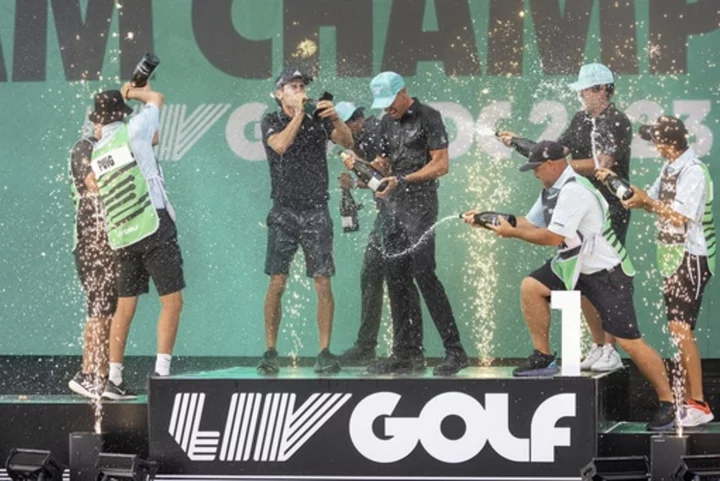
PGA Tour and European tour agree to merge with Saudis and end LIV Golf feud
The most disruptive year in golf is coming to an end
2023-06-07 01:52

Why the Reddit blackout is happening
It is possible to mourn something you love while celebrating its loss. RIP your Google
2023-06-13 00:29

Ragans goes 6 innings, Royals use two big innings to beat Astros 7-5, knock Houston out of 1st
Cole Ragans gave up three hits and two runs over six strong innings, and the Kansas City Royals used two big innings to defeat Houston 7-5 and knock the Astros out of first place in the AL West
2023-09-23 11:54

Every record broken by Lamine Yamal & future accomplishments he could set
The records Barcelona star Lamine Yamal has broken during his career and the ones he could still achieve.
2023-10-13 20:18
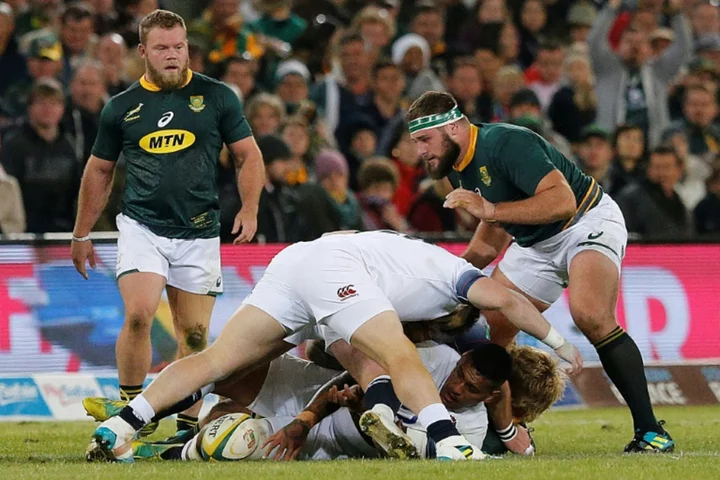
Former Springbok Van der Merwe joins Bulls after leaving Sale Sharks
Former Springboks hooker Akker van der Merwe has joined famed South African outfit the Bulls after quitting English Premiership club Sale...
2023-07-01 03:28
You Might Like...
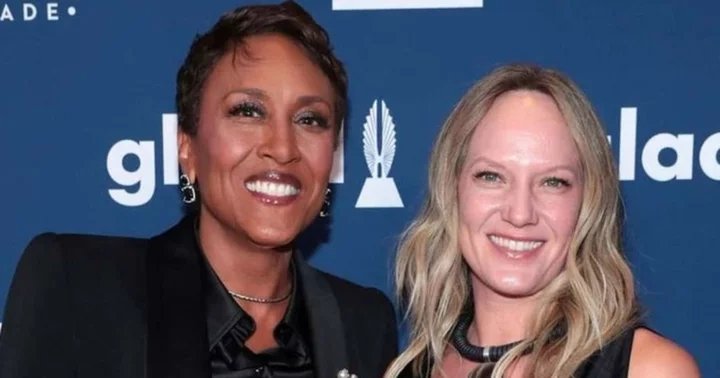
'GMA' host Robin Roberts flaunts photos of surprise 'newlywed party' by Amber Laign's friend group The Dirty Dozen

Grieving Springboks captain Etzebeth to play against All Blacks

Odey to Shutter Only Fund Run by Female Money Manager

MrBeast cries over 'getting taller' in his 20s, trolls say he 'paid nurse who measured him'

Russia says it shot down Ukrainian missile over southern city with at least 14 injured
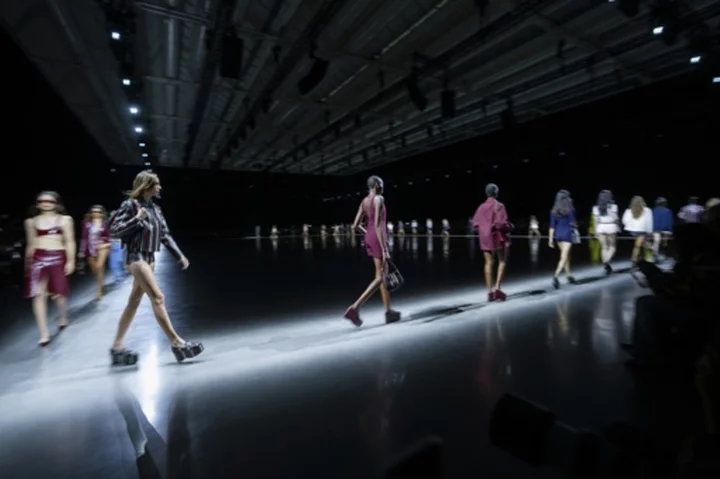
Sabato De Sarno makes much anticipated debut at Gucci under the gaze of stars like Julia Roberts

Goldman Sachs Asset Management makes $600 million bid for Norway's Froy
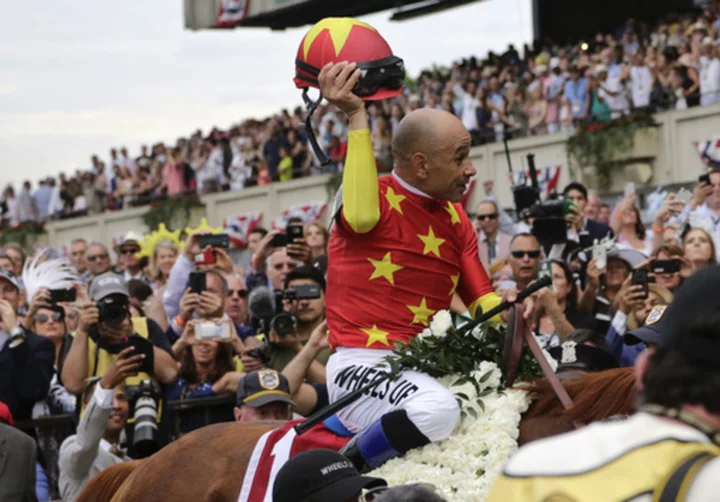
Caustic feedback, serious injuries and the quiet mental health suffering of horse racing jockeys
